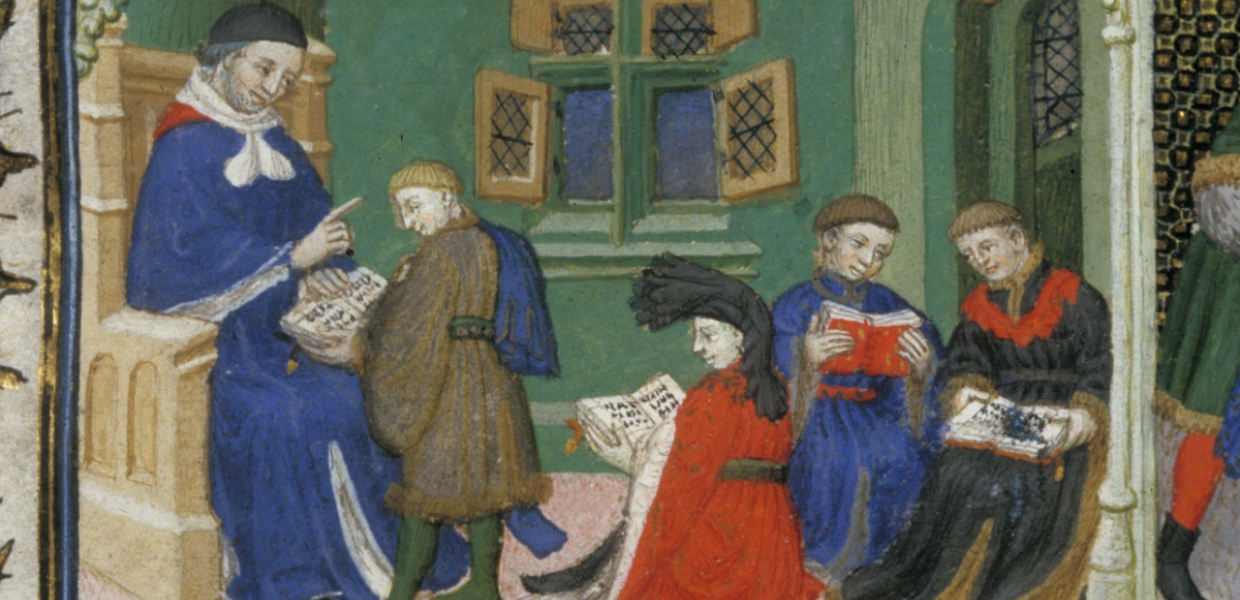High-quality content
In total, an impressive 31,724 objects relating to the theme of the Rise of Literacy (from books to manuscripts, from newspapers to incunabula) were digitised and delivered to Europeana by project partners. They provided an additional 170,205 improved pre-digitised objects for publication on Europeana Collections throughout the course of the project. This high-quality content is mostly available for non-commercial or open reuse, supporting the accessibility of digital cultural heritage objects available through Europeana.
Contributing to thematic collections
The material identified by project partners and expert knowledge from consortium partners supported the creation of the queries essential to producing two thematic collections - Manuscripts and Newspapers.
The Europeana Manuscripts Collection brings together high-quality resources from major European libraries, offering a reference point for researchers and the wider public to explore manuscripts from antiquity to the early print era. To date, it provides access to more than 480,000 documents from over 464 institutions across Europe.
The second collection supported by The Rise of Literacy project, Europeana Newspapers, is currently one of the largest collections of digitised historical newspapers in Europe, providing access to around four million fully searchable digital historical newspapers content from 50 major national and research libraries in Europe.
Editorial
In close collaboration with the Europeana Foundation, the National Library of Scotland coordinated the production and publication of editorials connected with the Rise of Literacy in Europe. At the end of the project, this included 29 blogs, 6 galleries, 19 browse entry points, and an online exhibition - The Rise of Literacy in Europe - which was curated by the National Library of Latvia. Partners contributed content on diverse topics including early modern teaching materials, children’s books, bestsellers, and the history of reading. The exhibition was well received, with 3,000 visitors within its first three weeks of opening, and continues to be available to visitors to Europeana Collections.
A second exhibition is scheduled for 2020, and more blogs and galleries written and curated by the project partners will be published on Europeana Collections.



.jpeg)